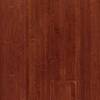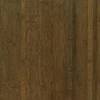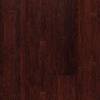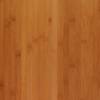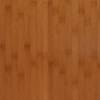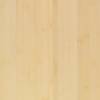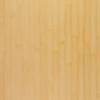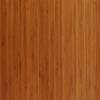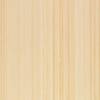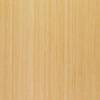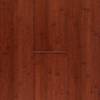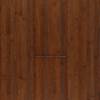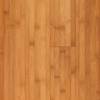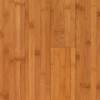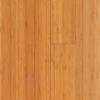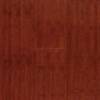Of course, hardwood trees like oak, ash, and maple regenerate also, but it takes them considerably longer, at least 40 or 50 years.
There’s no denying that bamboo flooring can look as beautiful as hardwood can. It can even offer a comparable level of durability. But its looks and longevity depend on the variety chosen. On the one hand, there’s natural bamboo, light in color (almost blond), which boasts twice the stability of red oak (America’s most popular flooring). On the other hand, there’s carbonized bamboo, a darker and softer, less resilient material.
Though comparatively few color variations are to be found in bamboo, a range of design options are available, from edge-grain planks to exotic, striped “tiger” designs. Note: that solid bamboo is stronger than engineered, which consists of multiple layers. If intent on the latter, choose a product featuring a 1/4-inch-thick top layer for best results.
Bamboo Flooring Pros:
• High-quality bamboo wears as well and lasts as long as traditional hardwood. • Bamboo flooring lends a clean, modern appearance to any room. • Bamboo is more sustainable than traditional hardwoods. • You can easily clean bamboo flooring with a mop and mild soap; no special treatments are required.
Bamboo Flooring Cons:
• Inexpensive bamboo may be prone to dents and scratches. • Bamboo flooring from China may contain high levels of urea formaldehyde, a toxic chemical; make sure the flooring you buy is certified by the Forest Stewardship Council (FSC). • The contemporary look of bamboo may not fit in with a vintage- or antique-inspired home decor scheme.
If you do not see the bamboo your looking for here, feel free to let us know what type of bamboo your looking for and we will track it down for you.
info@elmwoodflooring.com or you can call us at 773-209-7499 Today.

